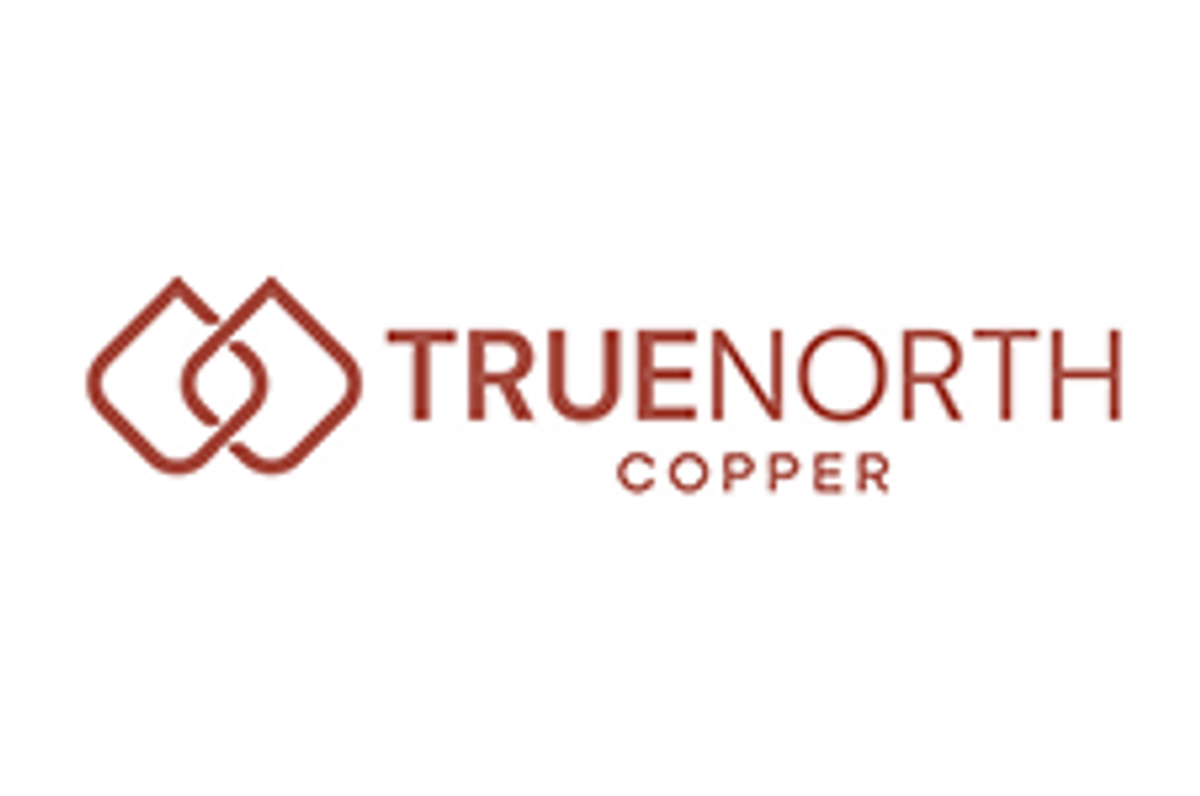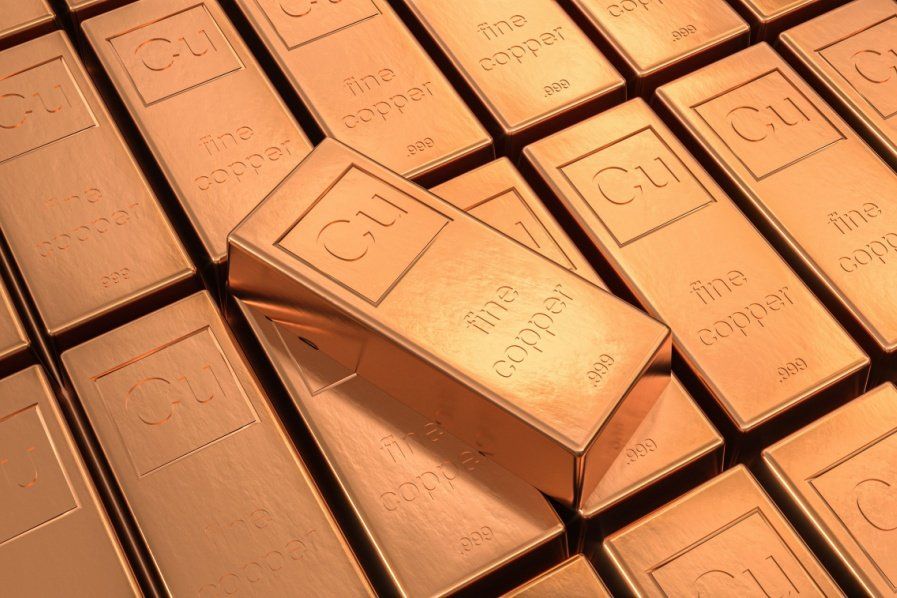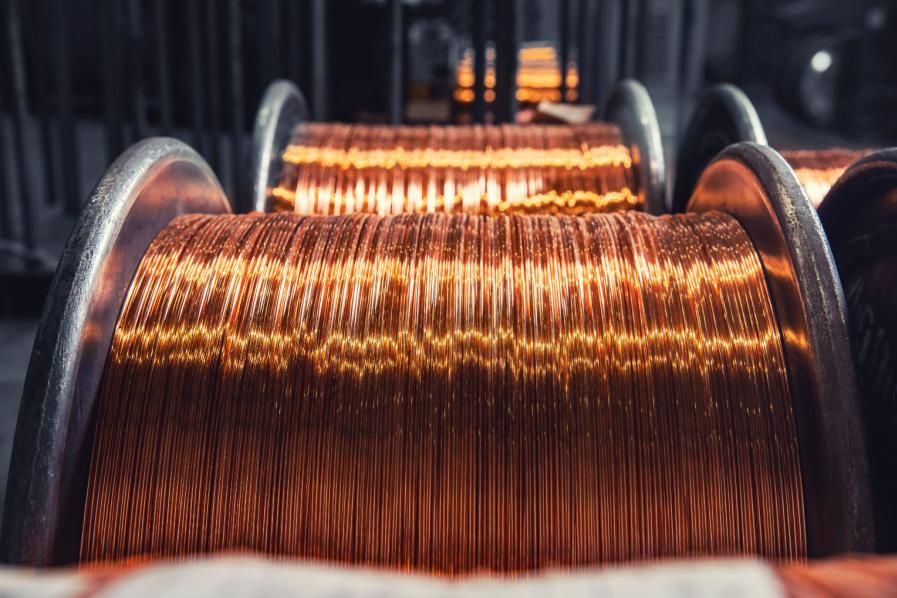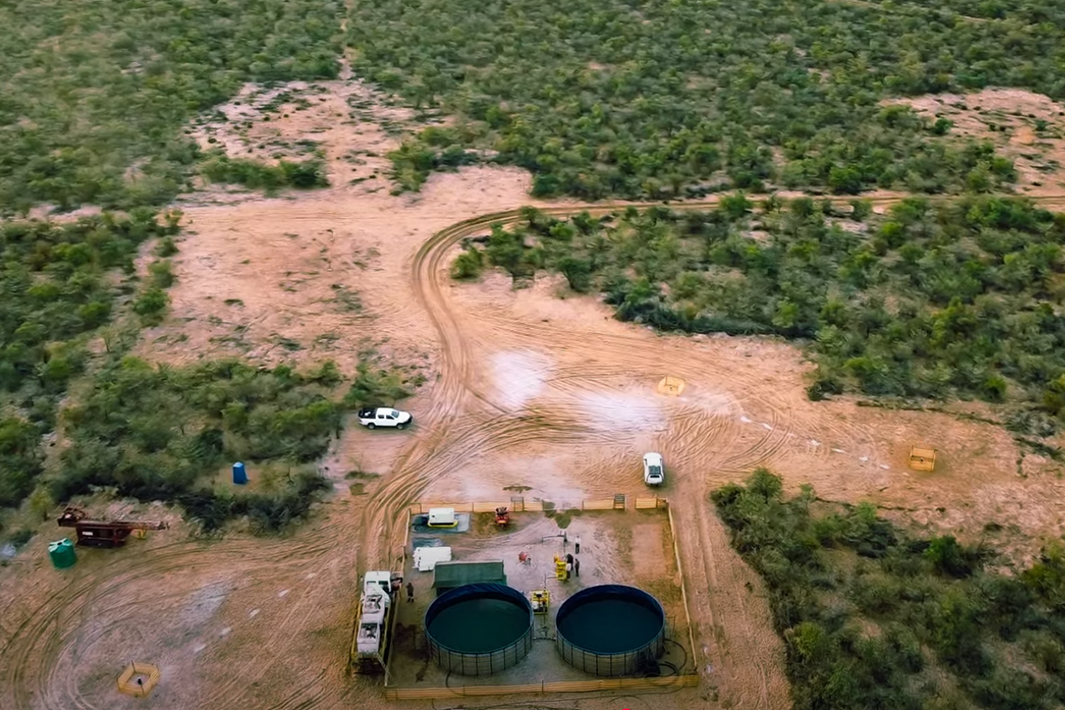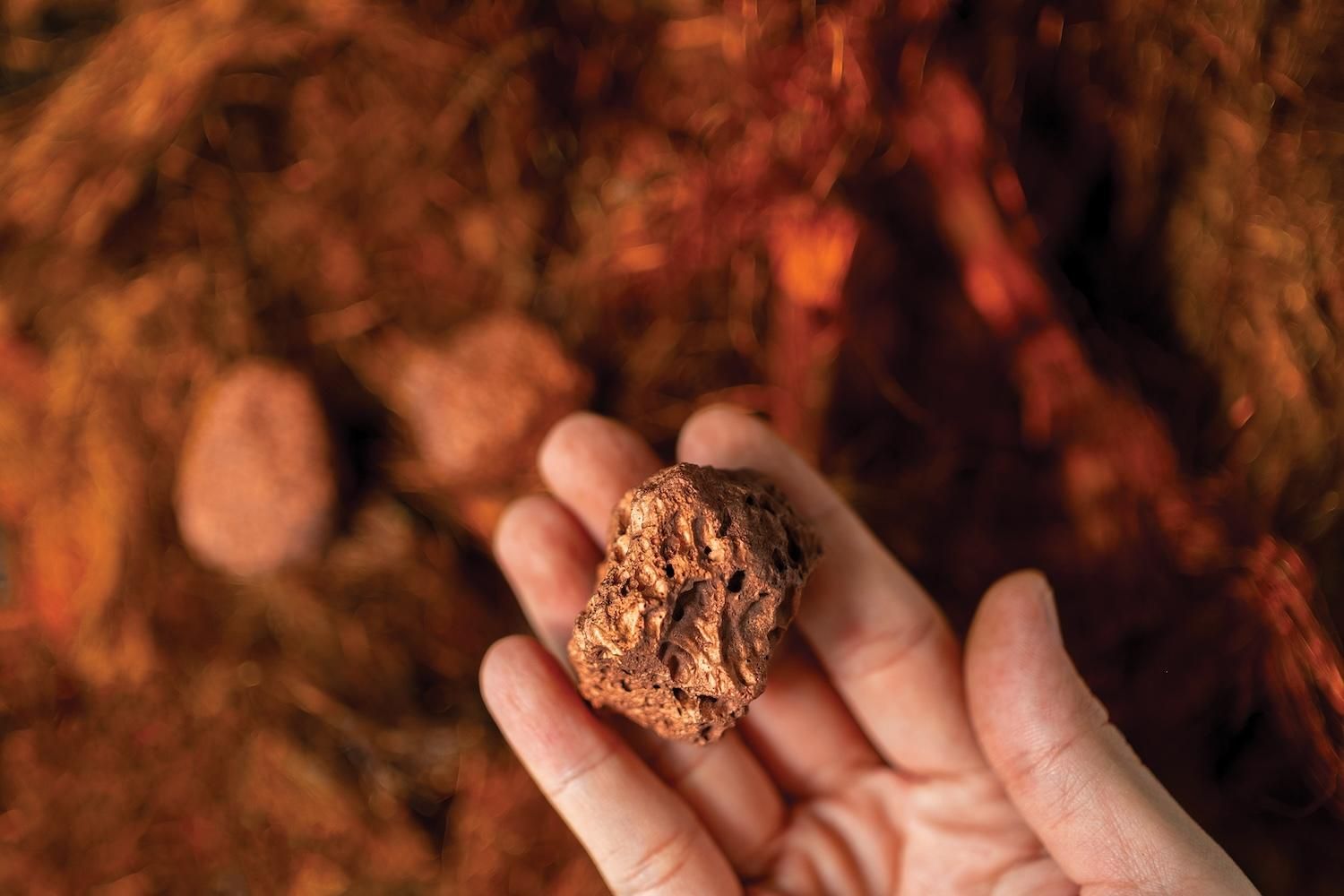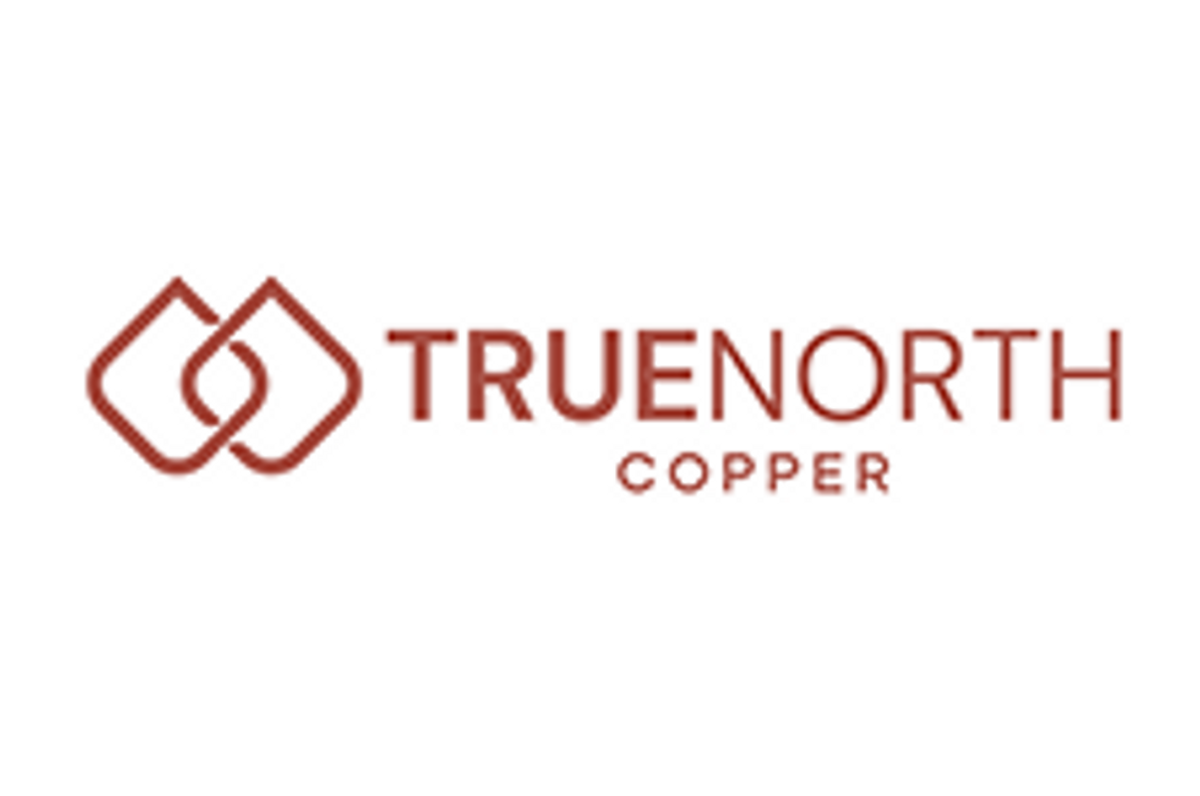
June 02, 2024
True North Copper Limited (ASX: TNC) is pleased to announce the strengthening of its executive team through the appointment of Bevan Jones as Managing Director.
HIGHLIGHTS
- True North Copper appoints experienced mining professional Bevan Jones as Managing Director
- Mr Jones brings a strong operational background with nearly 30 years’ experience in mine management, including senior leadership roles at global mining company Gold Fields (JSE: GRI) and Karora Resources (TSX: KRR)
- Chartered Accountant Craig Gouws joins True North Copper as Chief Financial Officer (CFO), with extensive Australian and international experience in CFO and company secretary roles
- Experienced executive team to support restart of operations at TNC’s Cloncurry Copper Project, QLD in 2024.
Mr Jones is a seasoned operations officer offering nearly 30 years of experience in mine management across a diverse range of commodities and has a proven track record in directing business improvement initiatives and operational transformation.
Mr Jones’ previous roles include Chief Operating Officer at Karora Resources (TSX: KRR), as well as General Manager of Gold Fields Limited’s (JSE: GFI) St Ives Gold Mine in WA, where he executed transformative growth strategies and delivered exceptional operational results. Most recently, Mr Jones was the Managing Director at Brisbane-based Extra Mining Solutions, where he played a leading role in establishing the company focusing on business transformation and operational excellence.
Earlier in his career, Mr Jones gained international operational experience as Chief Operating Officer of BCM Group International in West Africa, General Manager of the Wetar Copper Mine in Indonesia and General Manager of the Hidden Valley Mine in Papua New Guinea, as well as Mining Manager of Barrick Gold’s Lumwana Copper Mine in Zambia.
The Company is also pleased to welcome Craig Gouws as Chief Financial Officer (CFO). Mr Gouws, a Chartered Accountant, has extensive Australian and international experience as a CFO and Board of Director with a demonstrated history of successfully leading financial operations across diverse industries and international markets.
Mr Gouws holds a Bachelor of Commerce and a Post Graduate Diploma in Accounting from the University of Cape Town and is a Fellow of the Institute of Chartered Accountants in England and Wales and a member in South Africa.
Click here for the full ASX Release
This article includes content from True North Copper, licensed for the purpose of publishing on Investing News Australia. This article does not constitute financial product advice. It is your responsibility to perform proper due diligence before acting upon any information provided here. Please refer to our full disclaimer here.
TNC:AU
The Conversation (0)
11 October 2024
True North Copper
On the path to becoming Australia’s next responsible copper producer
On the path to becoming Australia’s next responsible copper producer Keep Reading...
17 December
Nine Mile Metals Announces Certified High-Grade Assay Results up to 15.21% Copper from the Wedge Project, Bathurst, New Brunswick
Nine Mile Metals LTD. (CSE: NINE,OTC:VMSXF) (OTC Pink: VMSXF) (FSE: KQ9) (the "Company" or "Nine Mile") is pleased to announce Certified Assay results for volcanogenic massive sulphide (VMS) mineralization collected from the pre-drill area on the Wedge VMS Project, in the world-famous Bathurst... Keep Reading...
16 December
Top 5 Copper News Stories of 2025
Copper prices surged to unprecedented levels in 2025, hitting all-time highs. Tight supply played a key role, along with solid demand tied to electrification and the shift to cleaner energy.The red metal's big moves came alongside gains in precious metals, highlighting an unusual year in which... Keep Reading...
16 December
Canadian Approval Pushes Teck, Anglo Closer to Creating US$53 Billion Miner
Canada has approved the merger of Teck Resources (TSX:TECK.A,TECK.B,NYSE:TECK) and Anglo American (LSE:AAL,OTCQX:AAUKF), clearing a major regulatory hurdle for the creation of a new global mining heavyweight worth over US$53 billion.Teck and Anglo American said they received approval under the... Keep Reading...
15 December
Top 5 Junior Copper Stocks on the TSXV in 2025
Junior copper stocks are seeing significant support from the copper supply/demand story in 2025 as companies work to make the next big discovery of the red metal. Supply and demand continue to tighten as usage steadily grows and miners face significant disruptions. Copper prices were elevated... Keep Reading...
15 December
Low-impact, High-reward ISR Copper Extraction Gains Investment Momentum
In the delicate balancing act between meeting the rising global demand for critical minerals and ensuring environmental responsibility in resource extraction, processes and technologies that can achieve both aims are winning in the eyes of junior explorers and investors.In copper mining, in-situ... Keep Reading...
12 December
PPC, Lundin Freeze 2026 Processing Fees as Smelters Near Breaking Point
Japan’s largest copper smelter has secured a rare reprieve in one of the tightest processing-fee environments the industry has ever seen.According to media reports, Pan Pacific Copper has agreed with Lundin Mining (TSX:LUN,OTC Pink:LUNMF) to roll over treatment and refining charges for 2026... Keep Reading...
Latest News
Interactive Chart
Latest Press Releases
Related News
TOP STOCKS
American Battery4.030.24
Aion Therapeutic0.10-0.01
Cybin Corp2.140.00
